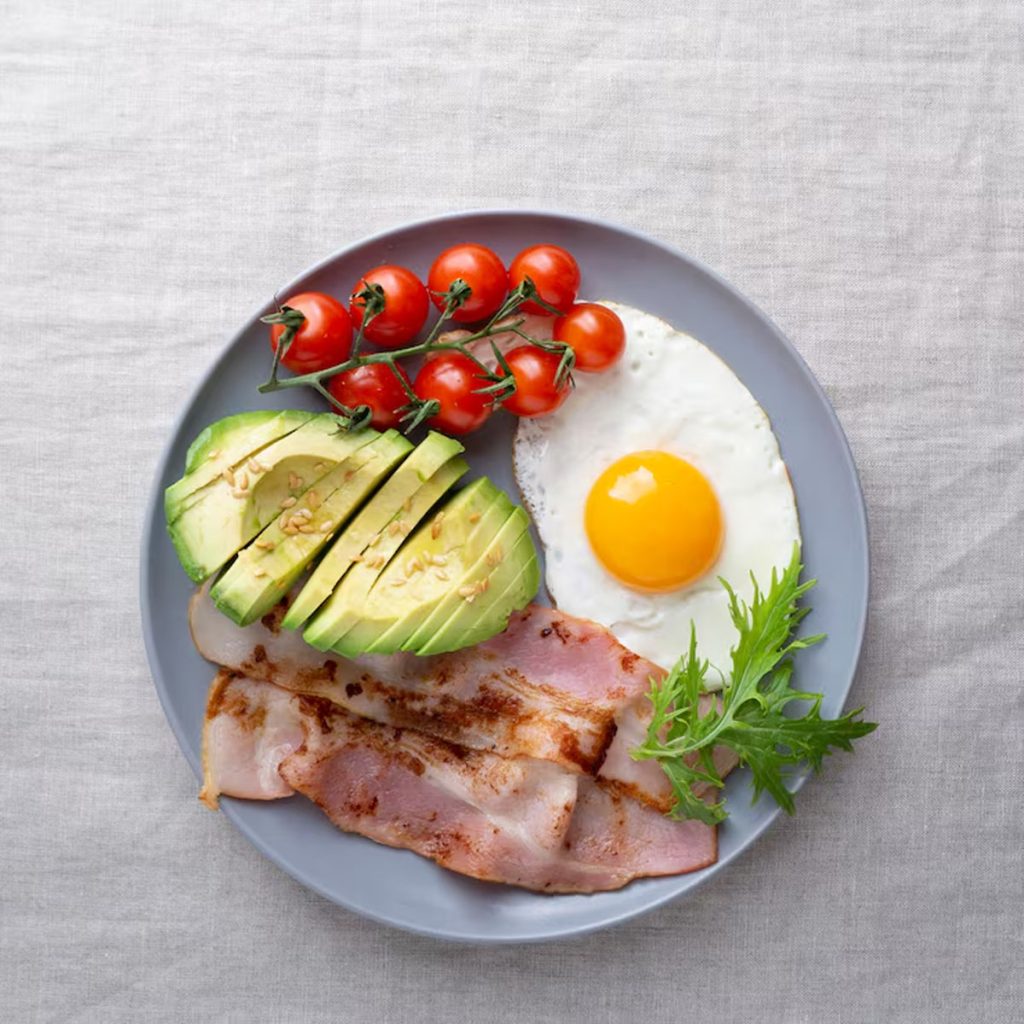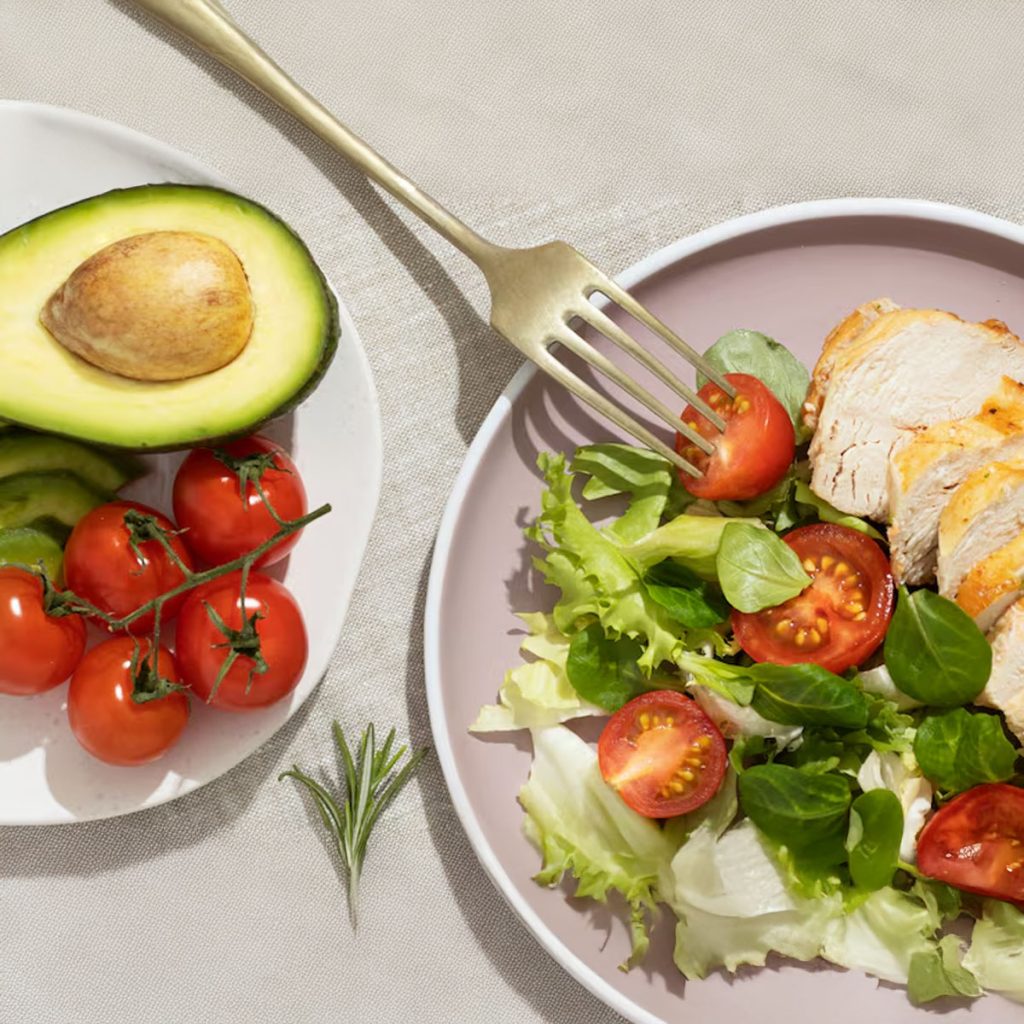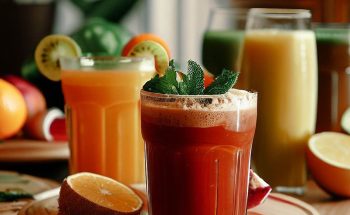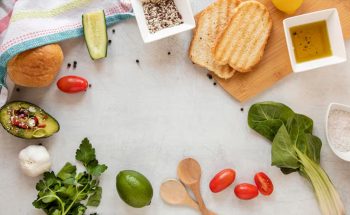British office kitchens may run on biscuits, but our bodies do not have to. The daily pattern of sugary breakfast cereal, sandwich lunch and pasta dinner keeps blood sugar on a roller-coaster and leaves many adults drained by three o’clock. A growing community is breaking that cycle with a brief, focused no carb diet. In just a fortnight they swap glucose for ketosis, shed excess water, tap stubborn fat stores and watch cravings fade. This is not empty hype. Doctors first harnessed ketogenic eating in the 1920s for epilepsy, and modern research shows similar metabolic tricks can improve weight, insulin and concentration.
Part One explains the science, sets realistic expectations and prepares you for the first fourteen days. Read on to understand how very-low-carbohydrate eating works, what happens inside the liver when carbs disappear, and why salt is suddenly your new best friend.
Understanding the No-Carb Idea
Search engines love the phrase “no carb”, yet total abolition is neither possible nor safe. Even lettuce contains a whisper of starch. What delivers results is a very low-carbohydrate diet (VLCD) that caps carbs at 20–50 g per day – low enough to clear glycogen from the liver and push the body toward fat-fuel mode.
Comparison of Common Eating Patterns
| Diet pattern | Approximate daily carbs | Principal aim |
| Standard British menu | 200–350 g+ | Convenience and taste |
| NHS low-carb advice | Under 130 g | Weight control, blood sugar support |
| Ketogenic “no-carb” plan | Under 50 g (often under 20 g) | Trigger ketosis, fast fat burning, metabolic reset |
Shifting to this ratio flips the plate: 70–80 percent of calories now come from fat, 10–20 percent from protein and no more than 10 percent from carbs. Breakfast might be eggs fried in butter with avocado, lunch a salad crowned with salmon and olive oil, supper a rib-eye steak with garlic mushrooms.
Fun Fact: Early clinicians confirmed a patient had reached ketosis by smelling the breath. Exhaled acetone carries a pear-drop aroma.
How Ketosis Works
Under a regular menu, glucose powers brain and muscle, and the pancreas releases insulin to move sugar into cells. Cut carbs to almost nothing and two events follow fast. Glycogen – the body’s ready stock of glucose bound to water – empties within a couple of days. Insulin plummets. That hormonal shift unlocks fat stores, flooding the bloodstream with free fatty acids. The liver converts those fats into tiny water-soluble molecules called ketone bodies: acetoacetate, beta-hydroxybutyrate and acetone. These ketones cross the blood-brain barrier and fuel neurons just as effectively as glucose.
Most people straddle two fuels for a short transition: muscles still burn residual glycogen while the brain sips ketones. By day three to five, glycogen is mostly gone, urine test strips darken and the metabolic switch feels complete.
Rapid Changes on the Scales
Every gram of stored glycogen holds roughly four grams of water. Deplete 300 g of glycogen and the scales can fall by more than a kilogram almost overnight. That early whoosh is fluid, not fat, but it boosts morale. True fat loss begins once ketosis is humming. Meta-analyses of controlled trials show low-carb groups lose more weight than low-fat groups for up to six months, with the biggest gap in the opening weeks. Visceral fat around the organs shrinks first – a welcome bonus for long-term health.
Metabolic Health Markers
Beyond the mirror, a very-low-carb fortnight tackles insulin resistance head-on. Short studies report:
- Lower fasting glucose and reduced HbA1c in adults with raised blood sugar.
- Sharp falls in blood triglycerides and consistent rises in HDL, the so-called “good” cholesterol.
- Smaller, less dense LDL particles, making cholesterol tests easier to interpret with your GP.
For anyone on diabetes medication, medical supervision is essential. As carbs drop, insulin doses often need adjustment to prevent low blood sugar.
Appetite, Cravings and Mood
Protein and fat stay in the stomach longer than refined carbohydrates, stimulating peptide-YY and curbing the hunger hormone ghrelin. Stable blood sugar means fewer sudden pangs for chocolate. Many notice steadier focus once the brain accepts ketones. That clarity usually surfaces after the transitional “keto flu” has passed.
Cravings still arise from habit or emotion, yet breaking the physical sugar surge makes willpower far easier. By the second week, a single strawberry can taste almost like sweets.
The Adaptation Week
Headaches, fatigue, light-headedness and irritability often strike between forty-eight and seventy-two hours. These symptoms – the so-called keto flu – stem from water loss and the kidneys flushing sodium and potassium.
Simple prevention is best:
- Drink two to three litres of fluid daily: water, herbal tea, sparkling water.
- Add salt to meals, and sip a mug of bouillon, stock, Marmite or Bovril once or twice daily.
- Eat potassium-rich, low-carb vegetables such as spinach, avocado and mushrooms.
- Choose light walks over high-intensity workouts until day seven.
Safety Checks before You Start
A ketogenic sprint is powerful, so certain groups must steer clear unless advised and monitored by a specialist:
- Pregnant or breastfeeding women.
- People with type 1 diabetes or on insulin therapy.
- Anyone with kidney impairment, severe liver disease, pancreatitis or gallbladder issues.
- Individuals with rare disorders of fat metabolism or porphyria.
Always discuss major diet changes with a healthcare professional, especially if you take medication for blood pressure or glucose.
Putting Part One into Action
Start preparation a few days ahead:
- Clear cupboards of bread, cereal, pasta, rice, fruit juice, biscuits and sweets.
- Stock up on extra virgin olive oil, butter, coconut oil, eggs, avocados, leafy greens, broccoli, salmon, chicken thighs, beef mince, cheddar and mixed nuts.
- Keep sugar-free drinks close to hand to reduce temptation.
- Print or save a simple carb chart to track daily grams until you get your eye in.


Your Two Week No Carb Meal Plan
The key to success is preparation. A bare cupboard invites biscuits. A stocked fridge nudges you towards success. The menu below uses familiar British ingredients, modest cooking skills and batch-cook logic so that dinner often becomes tomorrow’s lunch. Portions are generous; eat until pleasantly full and stop. No carb diet results come from food choice, not calorie counting.
| Day | Breakfast | Lunch | Dinner | Snacks |
| 1 | Scrambled eggs with spinach and ½ avocado | Left-over roast chicken thighs and tender-stem broccoli | Salmon fillet pan-fried in butter with asparagus | Almonds, olives |
| 2 | Greek yoghurt (full-fat) with raspberries and chia seeds | Chicken salad with olive oil dressing | Rib-eye steak, garlic mushrooms, rocket | Cheddar cube, celery |
| 3 | Omelette with feta and courgette | Burger patty, fried egg, mixed leaves | Pork chops, cauliflower mash, kale | Walnuts, beef biltong |
| 4 | Two boiled eggs, black coffee | Tuna mayo wrapped in lettuce leaves | Lamb koftas, cucumber salad, tahini | Pumpkin seeds, olives |
| 5 | Smoothie: almond milk, protein powder, spinach | Left-over lamb koftas | Creamy chicken curry with coconut milk and spinach, cauliflower rice | Hard boiled egg |
| 6 | Full English lite: bacon, eggs, grilled tomato | Curry leftovers | Mackerel fillets, watercress salad, lemon vinaigrette | Brazil nuts, cheese |
| 7 | Keto porridge: ground flax, coconut, double cream | Large Nicoise salad (tinned tuna, olives, egg) | Roast beef, buttered cabbage, horseradish | Dark chocolate (85%) |
| 8 | Eggs royale: poached eggs, smoked salmon, hollandaise | Roast beef salad, feta | Pork belly slices, sautéed kale, mustard | Almonds, pickles |
| 9 | Greek yoghurt with blueberries, flax | Bacon lettuce tomato cups | Cod baked with pesto and courgette ribbons | Walnuts, cherry tomatoes |
| 10 | Omelette with cheddar, mushroom | Left-over cod salad | Beef mince chilli (no beans) topped with sour cream | Celery with cream cheese |
| 11 | Two fried eggs, bacon | Chilli leftovers | Chicken drumsticks, roasted peppers, aioli | Seaweed crisps, olives |
| 12 | Smoothie: coconut milk, spinach, avocado | Drumstick salad | Sirloin steak, green beans with butter | Pecans, cheese |
| 13 | Greek yoghurt, strawberries, chia | Steak salad | Sausage tray bake, fennel and courgette | Dark chocolate, almonds |
| 14 | Celebration breakfast: steak and eggs | Tray-bake leftovers | Roast chicken, celeriac mash, broccoli | Olives, cheddar |
Fun Fact: The humble avocado packs more potassium per gram than a banana, making it a perfect natural electrolyte top-up during the first week of a keto flu defence.
UK Shopping Guide And Pantry Essentials
A single trolley run at Tesco, Aldi or Lidl covers almost everything:
- Proteins: chicken thighs, whole chicken, beef mince, pork chops, sausages (90 % meat), bacon, smoked salmon, tinned tuna, fresh salmon, mackerel.
- Vegetables: spinach, kale, rocket, broccoli, cauliflower, courgette, peppers, mushrooms, asparagus, avocado, cucumber, mixed salad leaves.
- Dairy and fats: extra-virgin olive oil, butter, coconut oil, double cream, mature cheddar, feta, full-fat Greek yoghurt, halloumi.
- Pantry: tinned tomatoes, olives, capers, stock cubes, soy sauce or tamari, Dijon mustard, apple-cider vinegar, Marmite or Bovril for sodium.
- Nuts and seeds: almonds, walnuts, pecans, chia, flax, pumpkin seeds.
- Treats: 85 % dark chocolate, seaweed crisps.
Buying double packs of meat when on promotion, then freezing half, keeps costs down and ensures rapid meal prep when motivation dips.
Managing Keto Flu With Hydration And Electrolytes
The first 72 hours trigger a water exodus. Glycogen binds fluid; lose one and the other flushes out. Failing to replace salt, potassium and magnesium invites headaches and cramps. Follow the hydration triple-plan:
- Water: Drink two to three litres daily. Track mugs, not guesses.
- Sodium: Add a half-teaspoon of salt to lunch and dinner, or sip a mug of hot stock mid-afternoon.
- Micronutrients: Eat one avocado, two handfuls of leafy greens and a sprinkle of nuts every day. Consider a magnesium citrate supplement at bedtime if muscle twitches persist.
Most symptoms ease by day four. Energy usually lifts sharply in week two.
Social Strategies For Eating Out And Staying On Track
Life does not pause for a nutrition experiment. These rules keep you aligned without fuss.
- Preview menus online and earmark steak, grilled fish or rotisserie chicken.
- Swap starch for veg: “Could I have salad instead of chips?” rarely meets resistance.
- Sauces on the side to dodge hidden sugar.
- Smart drinks: consider sparkling water with lime, or opt for a slim gin and slimline tonic if alcohol is a must-have.
- Bring a back-up: a small bag of nuts in your jacket solves emergencies like surprise birthday cake at the office.
Transitioning Back To Balanced Eating After Two Weeks
Finish strong but avoid the trap of karbs-fest Friday. A sudden carb surge refills glycogen and drags water straight back. Re-introduce complex carbs gradually:
- Week three: add 20 g extra carbs daily via berries, carrots or half a cup of lentils.
- Week four: add another 20 g if weight holds steady; try small portions of oats or quinoa.
- Monitor energy, appetite and waistline. Settle on the carb level that keeps you light yet satisfied, typically 75–130 g for many adults.
This measured hand-brake turn transforms a sprint into a sustainable pattern.
Comparing The Plan With Other Detox Options
ApproachCore ideaStrengthLimitation
Very low carb ketosis Cut carbs below 50 g to burn fat Rapid weight loss, lower blood sugar, appetite control Requires strict food list
Juice cleanse Only fruit & veg juice Simple to follow High sugar, no protein, muscle loss, hunger
Intermittent fasting Eat within set time window Flexible food choice, easy maintenance Hunger in long fasts
Low-fat calorie deficit Cut fat and calories Familiar NHS advice Often leaves you hungry, slower early results
A low carb diet is the clear metabolic heavyweight across the vital first fortnight.
Long-Term Success Tips
- Keep a weekly photo log rather than fixate only on the scales.
- Batch-cook mince or chicken curry on Sunday; future you will thank present you.
- Practise mindful eating: sit, breathe, chew. Satisfaction increases, portions shrink.
- Sleep seven to nine hours. Poor sleep spikes cortisol and appetite.





